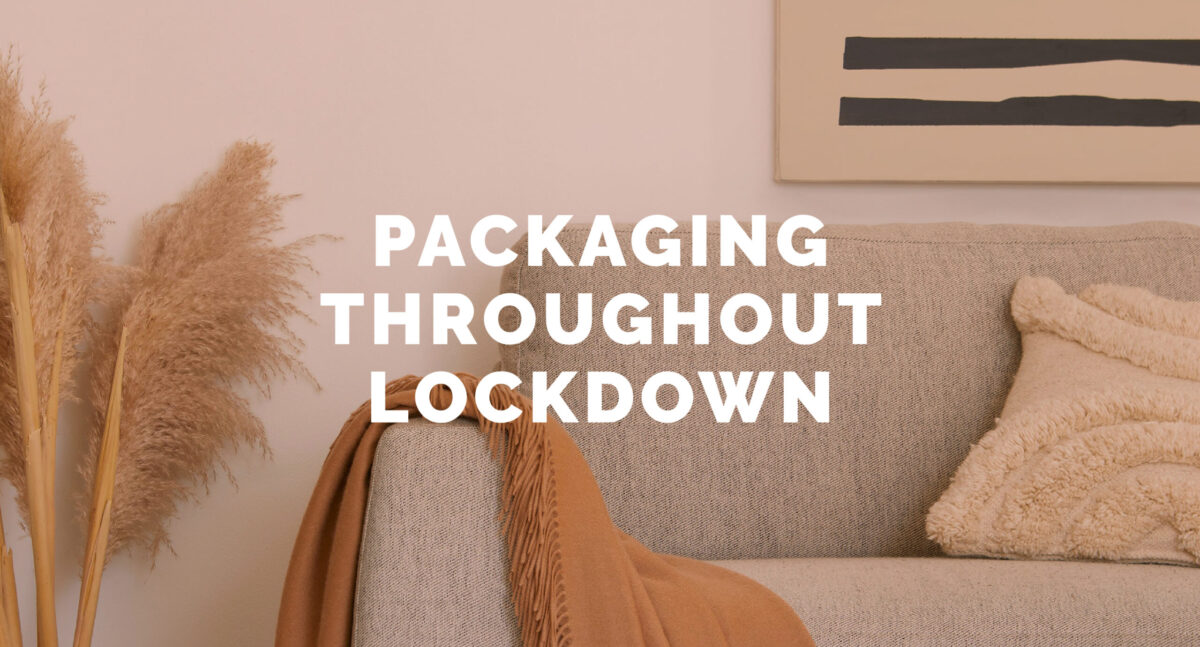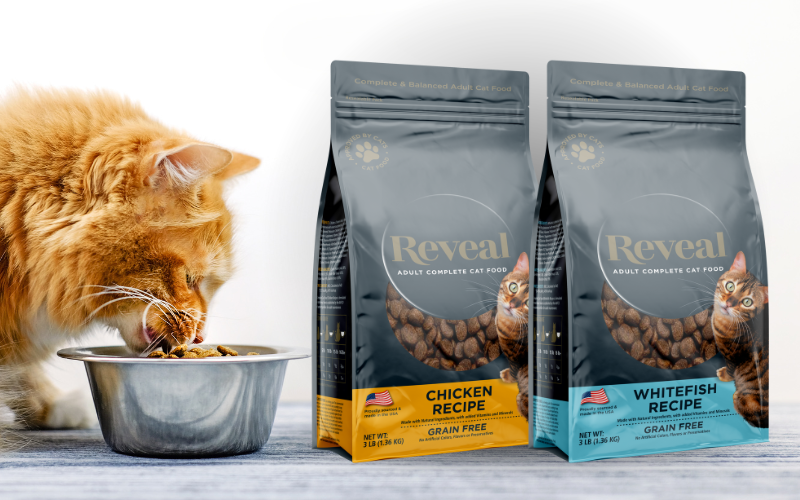We’re often looked upon at Law Print for our expert advice. Throughout lockdown was no exception.
“How have packaging strategies changed due to COVID-19?” was, and continues to be a question asked by many of our clients. Navigating the current coronavirus outbreak is a subject we’ve learnt a lot about over the past few months.
We have thought about what the future holds for the industry and what we can all do to make sure that we move forward together in a sustainable but safe way. We welcome your discussion to learn from each other as we navigate our way through the pandemic and then beyond.
What we know is this; consumers are embracing plastic material like never before because of its hygienic properties. The packaging can be quickly wiped clean and sanitised whilst keeping the product inside safe throughout transit. There’s also been a considerable shift of consumers focusing on sustainability, in particular, how recyclable packaging can be used. It’s apparent that more education is needed, mostly from local council initiatives, to provide insights into how we can dispose of our plastic packaging more efficiently and effectively.
The effects on the industry will for a long time be felt. The pandemic may change the industry forever.
The commitment from companies to continue their approach to sustainability has been welcomed with open arms. With a lot of other things on businesses minds, it was thought that companies might abandon their efforts to become more sustainable. The complete opposite has happened. The majority of businesses and consumers have not taken their focus away from sustainability.
The skies have become less polluted; roads were deserted, rivers were not littered, even animals returned to cities and this has only spurred on the demand for more environmentally friendly alternatives, to continue improving the planet for generations to come.
This meant that businesses carried on with their sustainability promises, mainly because people were enjoying the fresher air, the cleaner streets, viewing animals and nature in their neighbourhoods. They now consider their product packaging requirements for the longer term to ensure the right material is being used for its application.
Many products purchased online all have different requirements. In-store packaging is entirely different and doesn’t need to have the extra protection or outer layer such as a cardboard box to be able to be purchased. This is where some companies had to look at in particular. they had to make sure their products were suitable.
The packaging should be designed specifically for the fulfilment, whether that is using plastic packaging with easy tear notches or zippers, sturdy flat bottom bags or quad seal allowing for heavier quantities of products.
Handling and distribution is another significant aspect of it. Although some elements of this are to be expected when using stockists, there is now another aspect of possible worldwide shipping.
The vast rise in e-commerce sales has meant developing and sourcing an entirely new product in a short space of time.
Many companies were quick with their implementation, and this has allowed retailers to meet consumer demand and generate new revenue in ways they may not have known possible within their logistics.
A new packaging strategy is starting to emerge within the industry, which includes a reverse logistics process. It’s something that has been on the cards for a while but hasn’t been given the traction it deserves. However, with mail-order becoming even more popular, especially during the lockdown, it made sense for companies look into this more. This has made companies consider and improve their hygiene protocols. The use of protective packaging has proven itself indispensable; within the industry, this probably will mean that the standards we have seen should be here to stay. Now that businesses have been pushed to heights not seen before, the industry is now learning what is possible, but at what cost?
Simply put, customers return their unwanted packaging as part of the returns process and in return, get the satisfaction that they are doing their bit for the environment and the planet. It means that the companies can end up controlling the end of life destination of the packaging product, which is contributing to a more circular economy.
All of this will depend on the materials being used. It may not be as simple as it seems to recycle paper packaging, and a percentage of recycled content may contain ink or other contaminants that would render the packaging unable to be recycled. This means it can end up reducing the size of packaging and therefore, the end of life options. These options then need to be interrogated at the design and development stage so that maximum attention is applied and full use is released from the product.
40% of consumers now have more positive perceptions of plastic packaging, and this stems directly from the use of packaging over the lockdown. We may see this trend rising as we head towards a potential second lockdown. Postal orders will increase again, and plastic packaging will also become more critical.
However, Covid-19 has also made consumers more mindful of the environment so although people are looking to use more plastic for the properties listed above, they also want it to be reused or recycled or disposed of correctly.
A shift to online marketing has also been seen and that is important for many of our clients to take note of. Some e-commerce businesses have closed their high street shops as their website has seen more action over the last few months. Some have converted their shops into offices and warehouses to come with the demand from online shoppers.
Communication with customers remains high on within the business strategy, and maintaining this communication can be key. Letting people know about your new packaging is a great way of doing this!
Using on-pack messaging or scannable QR codes to explain the choice of material can also be a great idea. Another great way is to shout about the amount of recycled content and end of life options for the packaging and use the opportunity to provide detail on the company’s broader sustainability strategy.
It has now meant that we must all work collaboratively to ensure this packaging is manufactured and distributed, but with an emphasis on minimising the impact on the environment.


